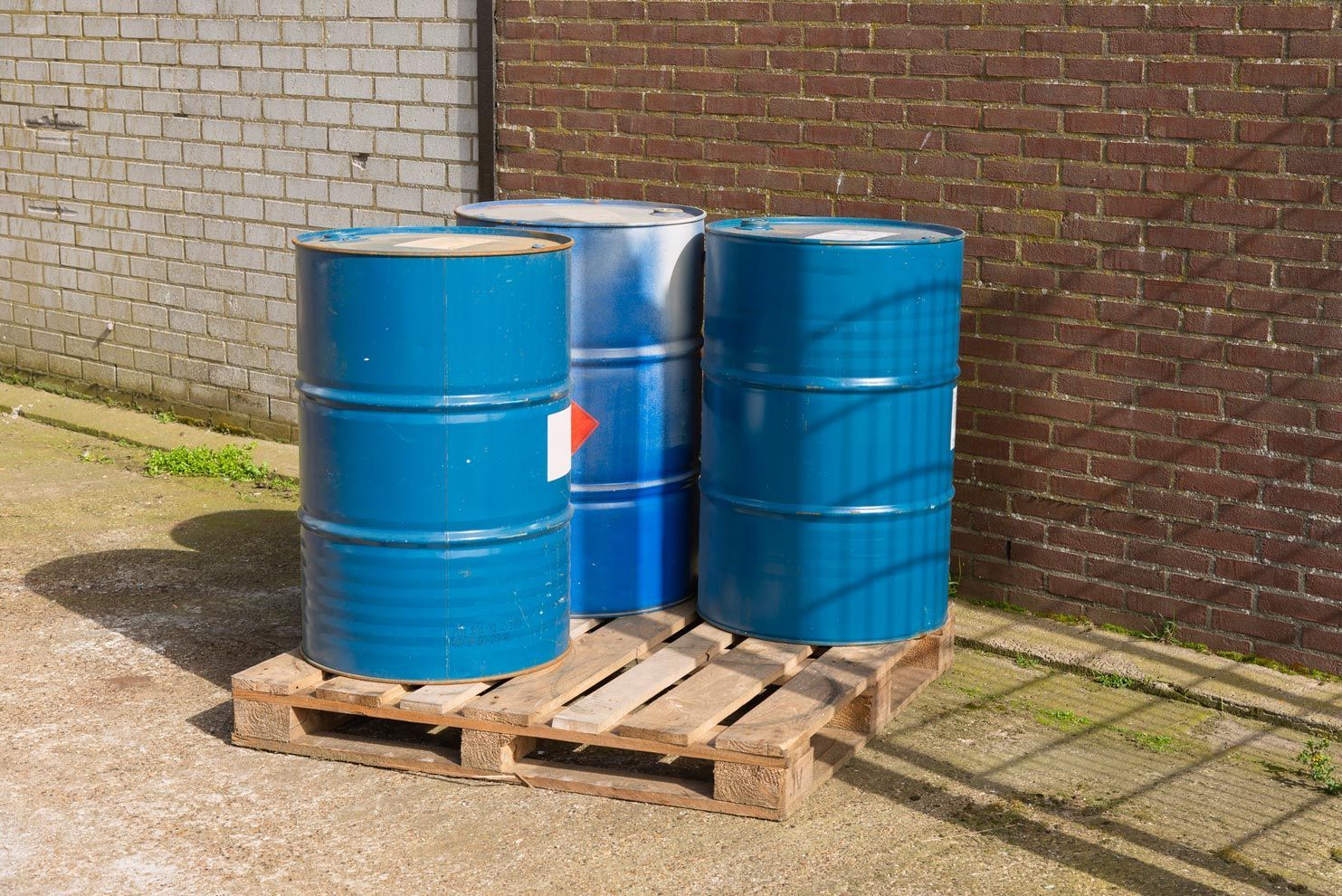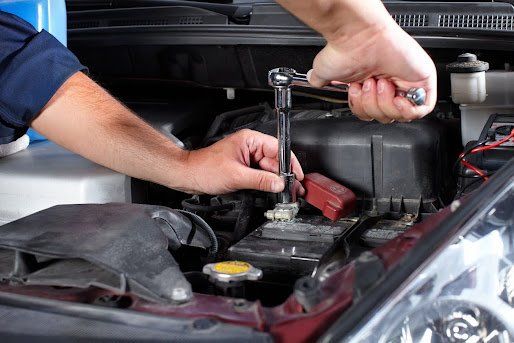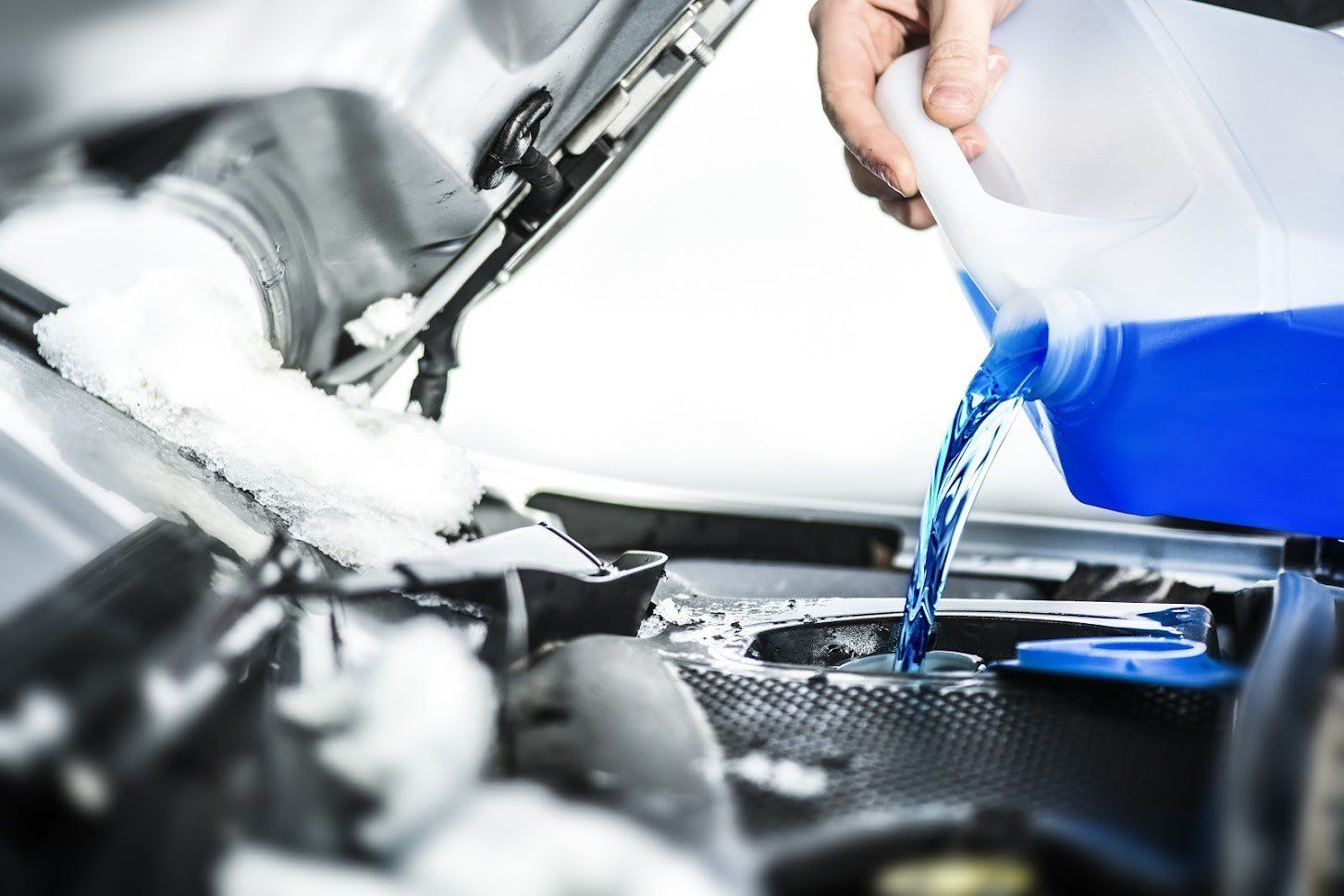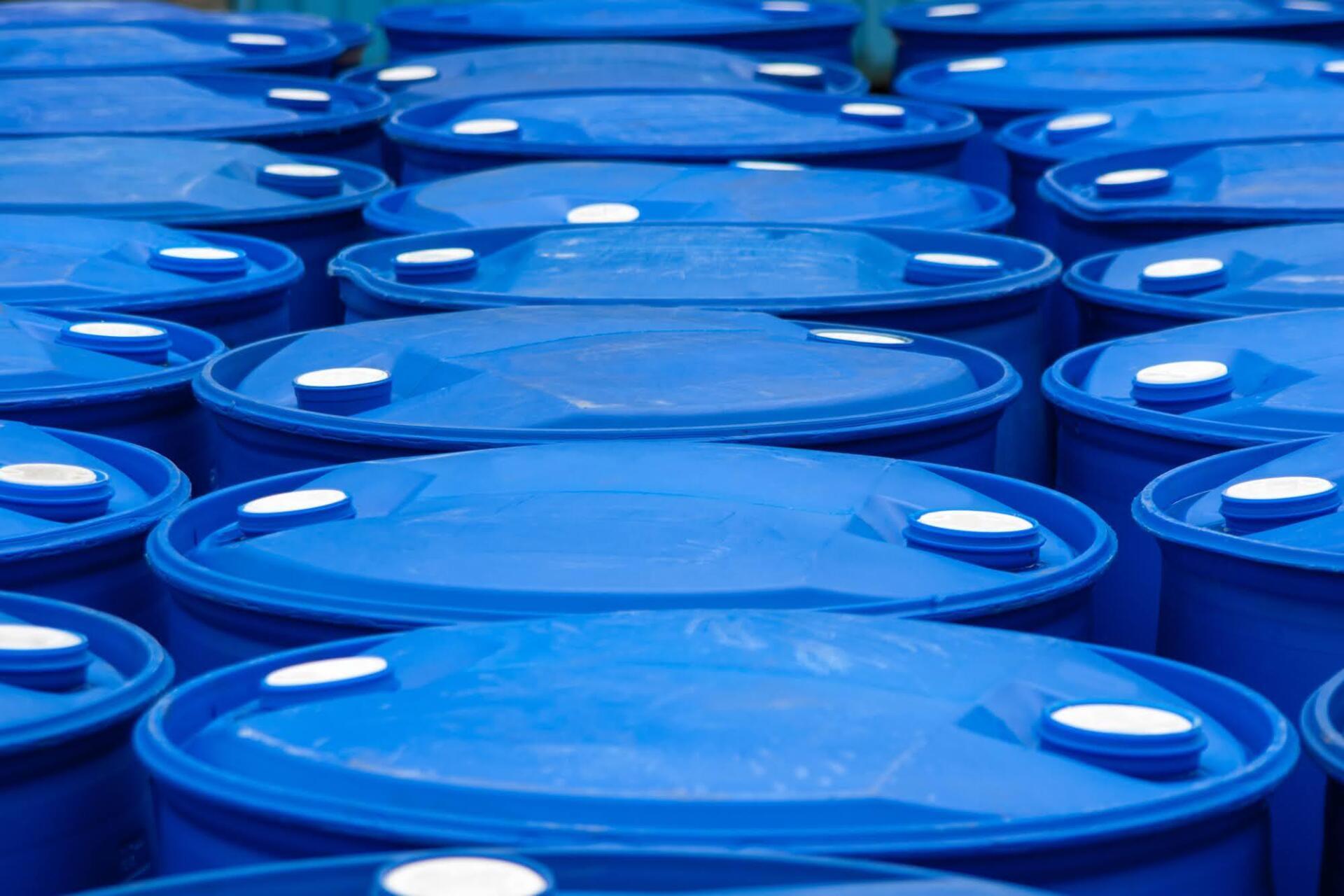How to Collect Motor Oil to Recycle
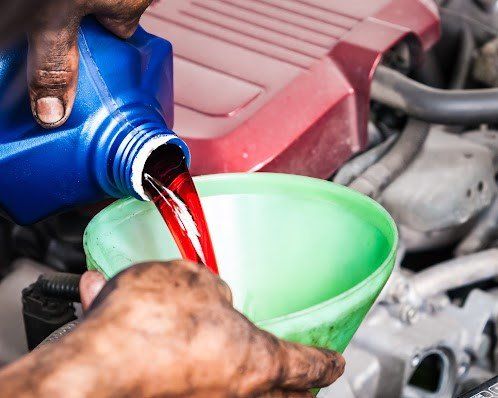
How to Collect Motor Oil to Recycle
United States citizens improperly get rid of a significant amount of used motor oil. One gallon of used motor oil can contaminate about a million gallons of drinking water. For that reason, you need to follow appropriate guidelines to collect motor oil and have a reputable oil recycler.
First, you have to gather the right tools to collect oil from your automobile. You'll need at least three containers, an oil filter, a funnel, a screwdriver, and the right-sized spanners. Additionally, you should follow the appropriate procedure for the safety of your premises and compliance with standards.
Before you change the motor oil, turn your engine off, block the tires, and then set the parking brake.
Warm the Engine
Motor oil becomes less viscous when you warm the engine and flows out quickly and easily. Additionally, less-used oil sticks to the wall pans and other engine parts. Be careful of the engine temperature to avoid accidental burns. To warm up the engine:
- Apply the handbrake and then leave the car in neutral
- Run the car for about five minutes
- Shut off the engine
Drain the Oil
Use a container that can hold twice the amount of oil in your engine's crankcase. After that, follow these steps:
- Put a container beneath the oil drain plug. Position it in a way that can allow it to collect all of the oil and avoid spillage
- Use a spanner to loosen the drain plug's bolt and then remove the plug from its place
- Let the oil drain from your car until its speed reduces to an occasional drip
- Replace the plug and carefully carry the container to a suitable transfer location
- Use a paper towel to clean any stray drips
Transfer the Dirty Oil
You need to transfer the oil to an airtight, leak-proof container to enhance environmental and human safety. You should also avoid containers that previously held household chemicals such as pesticide, antifreeze, or bleach since they can contaminate the oil. Follow the procedure below to transfer the oil:
- Use a funnel to pour the oil into a clean container
- Seal the container
- Label the container
Use terms that are easy to remember. For instance, 'to be recycled oil' or 'dirty oil.'
If you accidentally contaminate the oil when you transfer it, take it to hazardous waste collectors for disposal. Dirty oil contaminated with gasoline or antifreeze is almost impossible to recycle and should be carefully disposed of. Do not put dirty oil in your trash can with other garbage.
Drain the Filter
Follow these steps to drain your filter:
- Use a spanner to loosen the filter and remove it from its position
- Puncture the dome of your filter using a screwdriver
- Put the filter hole-side down and let it drain into a vessel overnight
- Place the old filter in a container or plastic bag and replace it with a new one
To change the filter, follow the instructions indicated below and on top of it.
Take the Used Motor Oil and Oil Filters to a Service Company
Find the right service to recycle your motor oil and filters. Used oil may have particles, but that does not make it impossible to recycle. As long as you have not mixed the oil with other fluids, recycling should be fine.
Do not dispose of used motor oil as inappropriate disposal harms the environment and economy. Instead, ensure you work with a company with extensive experience and in-depth expertise to handle the oil based on set regulations.
Conclusion
If you run a business that largely deals with used motor oil, you do not have to worry about the high volume of used oil your business generates. At Denver Oil, we recycle your used oil responsibly.


